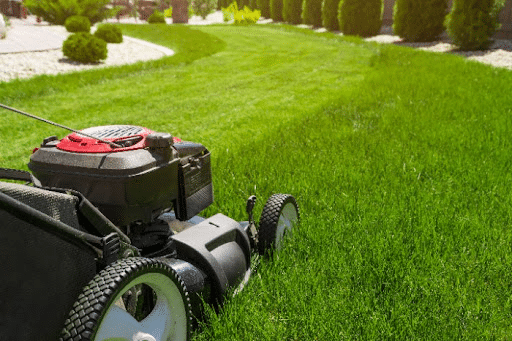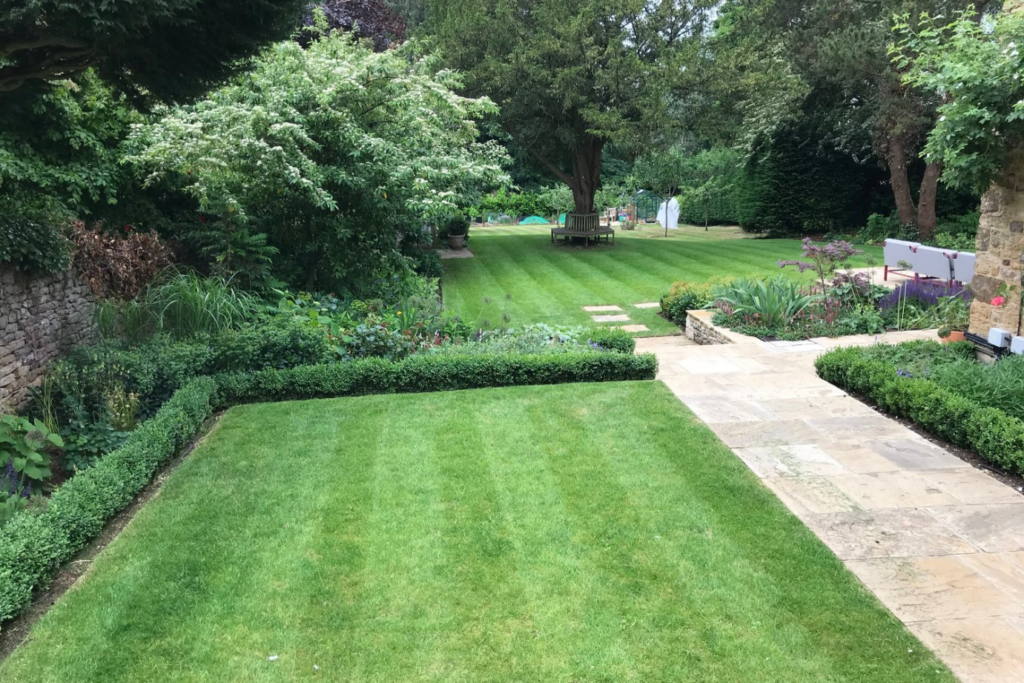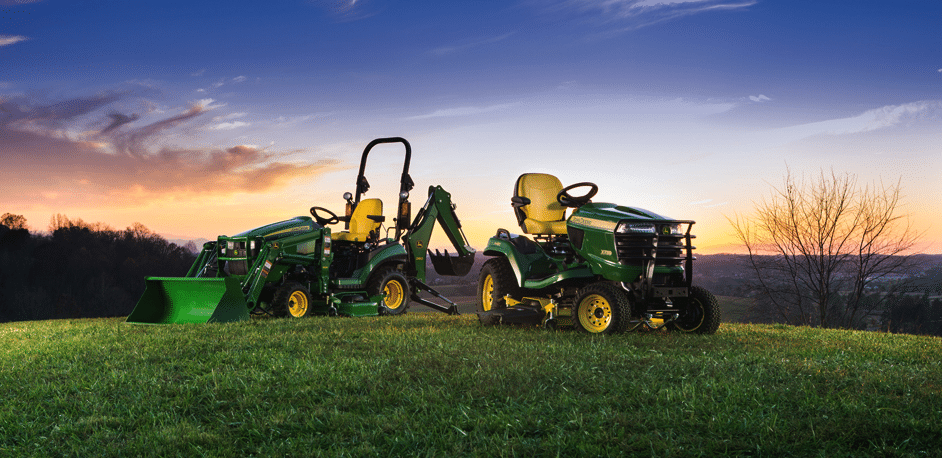A homeowner’s pride is in his lush green lawn; however, making it that way and keeping it that way entails more than occasional mowing. Proper mowing techniques are essential in promoting the healthy growth of the grass, stopping weeds from growing, and enhancing the appearance of your yard. This all-inclusive guide will take you through everything you need about mowing your grass, including selecting equipment, setting height adjustments, choosing mowing patterns, and recommending frequency.
Choosing the Right Tools
Choose the appropriate equipment before cutting. Purchase a quality lawnmower that suits your backyard size and terrain. For increased efficiency, larger yards may require a riding mower or zero-turn mower, while smaller ones can do with a push mower only.
Frequency Recommendations
Mowing frequency varies depending on different factors, such as types of grasses, the rate at which they grow, and weather conditions, but consistency is critical. During the growing season, aim to have one cut per week, adjusting accordingly based on how fast the grass grows or changes due to climate. Avoid reducing by more than one-third of its length at any one time, thus allowing quick recovery without stressing the grass.
Proper Maintenance and Care
Proper maintenance practices, in addition to regular cuts, are essential to ensure your yard remains intact. These include sharpening your mower blades regularly for clean cuts, removing things like leaves or branches on top before cutting, and keeping your machine well serviced by regular tune-ups and changing oil.

10 Tips And Tricks To A Perfectly Manicured Yard
Consistent Mowing Schedule: Regular trims done on agreed-upon days help maintain uniformity across your garden while encouraging better growth rates. During this period, you can have weekly trims to keep grass at optimum heights, preventing overgrowth.
Proper Mowing Height: Grass species thrive best at varying heights, so adjust the cutting height for each type used on your compound. Cutting close causes grass stress, which exposes it to pests and diseases, while leaving it long causes thatch buildup and irregular growth.
Don’t Scalp: When you cut your lawn too low, you scalp it, exposing the soil and damaging the leaf blades. It can weaken the roots, making your garden susceptible to weed infestation and diseases. To prevent this, do not cut over one-third of its height each time, allowing complete healing after every scalping.

Alternate Mowing Patterns: Every time you mow differently, it helps keep the grass from leaning towards one side all year round. Doing so makes grass grow straight and gives an attractive impression of stripes or squares on your lawns.
Sharp Mower Blades: For a nice finish and uniform cutting, sharp mower blades are necessary instead of dull ones that cause ragged edges by tearing apart the grass, leading to disease attacks on turfs. Regularly sharpening your machine ensures accurate cutting, thereby reducing stress on plants.
WAIT FOR IT TO DRY WHEN MOWING: A clean cut from mowing your lawn can only be achieved when dry and avoids clumping. Wet grass turns into a single mass that can barricade your mower, leading to an uneven cut and an untidy appearance. It is best to wait until after a rainfall or the morning dew has dried out before you can mow for optimum results.
Mulch grass clippings: Instead of bagging them, consider mulching them back into the lawn. Mulching also improves soil health by adding value, reducing fertilizer requirements, conserving water, and preventing thatch buildup, which promotes healthier and more sustainable turf.
Trim edges and borders: Edges and borders around your yard are essential in achieving a sophisticated look. You may use string trimmers and lawn edgers to define sidewalks, driveways, landscaping features, and their boundaries.
Timing matters: Your mowing timing affects your turf’s health and overall appeal. It’s better not to cut during early mornings due to water loss through transpiration. Cutting during peak heat time will reduce stress on the grass so as not to go over the late afternoon dew or dampness since lower temperatures protect grasses with less chance of getting stressed when exposed.
Routine maintenance: Besides regular mowing, ensure you undertake routine maintenance activities such as aerating, fertilizing, and over-seeding, among many others. Aeration will help alleviate soil compaction by enhancing air-water infiltration, whereas fertilizers will give plants essential food substances.
Thus, these suggestions could help develop an attractive garden that improves your home’s curb appeal while giving you an inviting relaxation space outside.
Call us today!
Regal Lawn Care a professional lawn care and landscaping services provider is just a call away from you in Hampstead, North Carolina. We offer the best lawn care, lawn mowing, trimming, outdoor landscaping, grass sod installation, tree removal and cutting, flowerbed installation, and everything you need for your lush green and beautiful outdoor space in Hampstead and its nearby areas.







